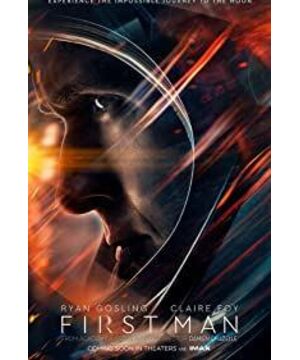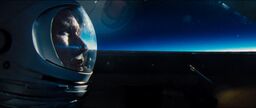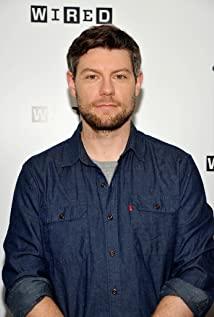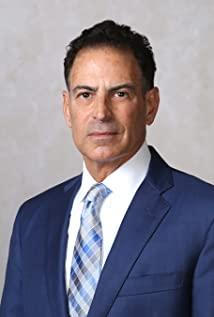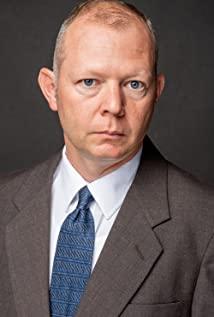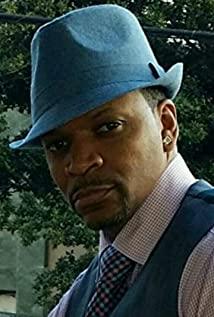When we talk about space movies, the first labels that come to mind are often science fiction stories, heroism, and exploration spirit, but we rarely really pay attention to every individual involved. However, this situation has gradually changed since the Oscar-level "Gravity". "The Martian" has paid attention to humanistic care while also maintaining a high level of attention to the technology itself. "Hidden Figures" directly focus on the lens. Aimed at the unknown minority scientific and technological workers.
The drama "Pioneer of Mars" brought by Oscar actor Sean Penn this year, and Damien Chazelle and Ryan Gosling's new film "The First Man on the Moon", invariably adopted similar The documentary style recasts the core protagonist of a historical event from the "doomsday"-style defective hero image to a human again. At the same time, it is not as sensational as "Interstellar", but shows how the characters in the play are in detail. Choose between different identities in life and make sacrifices. The two anti-climax space dramas invariably put the real space content at the end of the story, and almost put the whole focus of the story on the family and personal choices-when personal destiny and human destiny interact with each other. When crossing, any choice is not easy.
Similar to Damien Chazere’s predecessor, Burst Drummer, the naturalistic performance and narrative style of The First Man on the Moon not only enhances the credibility of the story and the characters, but also brings the audience The self-consistent narrative space reduces the angle of observation—even a first-person experience—which greatly enhances the sense of substitution. This is a far cry from Hollywood's previous performance of the spectacle and entertainment of space movies.
Similar to "Pioneer of Mars", "The First Man on the Moon" has a golden spirit rooted in the 1960s, free from ideological disputes, and not contaminated by weird political demands.
In traditional space movies, they often deliberately or unintentionally depersonalize and heroize, refusing to admit that astronauts also have normal human emotions, let alone discussing them. And in this way, it reduces the physical and psychological risks that astronauts face as a profession—especially the latter—this is not just something that can be summed up with courage or will. In the eyes of director Damien Chazelle and screenwriter Josh Singer ("Spotlight", "Washington Post"), Neil Armstrong did not give up his identity as a father and husband, so that the film can communicate with the audience. Build true emotional resonance. In Damien Chazeret’s long-term partner, the lens of Linus Sandgren, like the practice of "American Sniper," has always remained in the subjective side of Neil Armstrong: whether in NASA listens to the briefing, reads bedtime stories to his son, and cold wars with his wife, all of which can better convey his hesitation and bewilderment. The purpose of these strong personal feelings is to let the audience follow Neil Armstrong, who is deeply troubled by male chauvinism, and feel the impact of keeping the clouds open and seeing the moonlight.
Even though "The First Man on the Moon" is more similar to a historical psychodrama, the film still achieves a leap since "Gravity" in the simulation experience of flying. Different from the latter's extraordinary use of 3D, the former does not have too many on-screen skills, but is more focused on letting the audience enter Neil Armstrong’s body, so as to feel that under the acceleration of a few Gs, they are engaged in watching What seems to be a simple activity, what kind of astonishing test actually has to face.
Another way Damien Chazele enhances his sense of substitution is an accurate restatement of the American environment in the 1960s. In addition to the space race between the United States and the Soviet Union, we can also see a lot of content that was overlooked in previous space movies (such as "Apollo 13")-for example, in the middle of the movie, we can see many African-American researchers We ("Hidden Figures") believe that the high-budget Apollo project is diverting public attention from the affirmative movement that was in full swing at the time. Those who hold similar views are not limited to minority ethnic groups. At the same time, the TV programs in the film also hinted at the protests caused by the Vietnam War. This kind of uneasy and turbulent emotions can seep into the story, making "The First Man on the Moon" better than other Americans in grasping the atmosphere. The space program movies are more realistic-in the first place, almost only HBO's mini-series "From the Earth to the Moon" is left-the status of the latter can almost be compared to "Brothers" in World War II film and television works. .
Damien Chazele is a director who pays great attention to the inner experience of the character, which has been very clearly shown in "Burst Drummer". And actors with introverted acting styles like Ryan Gosling and Claire Foy also allow the script to convey the deep emotions of the characters well without dialogue—especially the fear and loneliness after the dead of night. feel.
Another similarity with "Burst Drummer" is the re-deconstruction of tragedy and failure: all sacrifices are, to some extent, self-purification, removing imperfect factors before ushering in success. This obsessive-compulsive style of relentless pursuit of perfection is frighteningly oppressive under the interpretation of J.K. Simmons, and under the efforts of Ryan Gosling and generations of NASA people, It symbolizes the perseverance that human beings have to undertake repeatedly on the road to the unknown, even though it can destroy a person’s life, even though it seems to be meaningless to most people in this world of.
As Armstrong said: "We need to fail here, so we won't fail."
This is the most precious legacy left by the pioneers.
View more about First Man reviews


